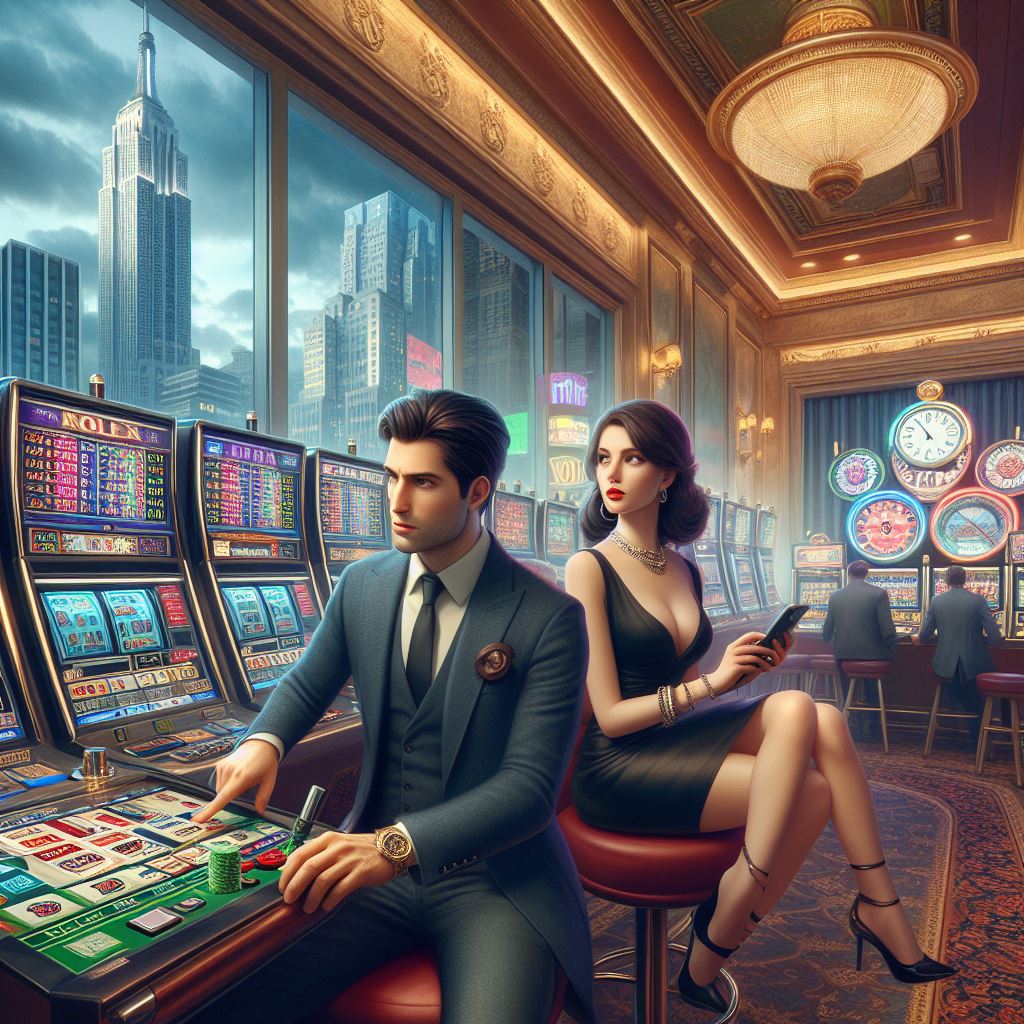Rahasia Kesuksesan Slot Fa Cai Shen dari Habanero
Rahasia Kesuksesan Slot Fa Cai Shen dari Habanero Dalam dunia perjudian daring yang penuh dengan persaingan sengit, sedikit yang dapat menyaingi pesona dan popularitas Slot [Read More…]
Dampak Psikologis Bermain Slot Tuk Tuk Thailand
Permainan slot online telah menjadi salah satu bentuk hiburan paling populer di dunia kasino digital, dengan Slot Tuk Tuk Thailand dari Habanero sebagai contoh yang [Read More…]
Pengenalan Lengkap: Slot Tuk Tuk Thailand dari Habanero
Pengenalan Lengkap: Slot Tuk Tuk Thailand merupakan salah satu kreasi terbaru dari Habanero, perusahaan yang dikenal dengan pengembangan software permainan kasino yang inovatif dan menarik. [Read More…]
Menyelami Mitos Sorotan Slot Four Divine Beasts dari Habanero
Menyelami Mitos Sorotan Slot Four Divine Beasts Dalam dunia slot daring yang penuh dengan keajaiban dan kisah-kisah legendaris, Habanero mempersembahkan salah satu karya terbaiknya yang [Read More…]
Tema Unik Slot London Hunter: Era Victoria dalam Game
Tema Unik Slot London Hunter, kreasi terbaru dari provider game Habanero, membawa pemain ke dalam suasana unik dan menarik dari era Victoria. Dengan menggunakan desain [Read More…]
Mengenal Slot London Hunter Inovasi Terbaru dari Habanero
Mengenal Slot London Hunter dari Habanero adalah sebuah inovasi terkini dalam dunia game slot yang menggabungkan tema klasik era Victoria dengan teknologi modern. Permainan ini [Read More…]
Bermain ke Dunia Ajaib Slot Mystic Fortune Deluxe
Dalam dunia perjudian daring yang dipenuhi dengan berbagai jenis permainan, Bermain ke Dunia Ajaib Slot Mystic Fortune Deluxe dari Habanero. Permainan yang menonjol sebagai salah [Read More…]
Meraih Kemenangan dengan Mystic Fortune Deluxe
Dunia perjudian daring terus berkembang dengan peluncuran slot terbaru yang menawarkan pengalaman bermain yang luar biasa. Dalam perjalanan ini, Habanero, salah satu penyedia perangkat lunak [Read More…]
Analisis Slot Return to The Feature dari Habanero Fitur Menarik
Analisis Slot Return to The Feature oleh Habanero tidak hanya merupakan sebuah permainan slot biasa; ini adalah sebuah karya inovatif yang menampilkan sejumlah fitur unik [Read More…]
Panduan Dasar Bermain Slot Taiko Beats untuk Pemula
Panduan Dasar Bermain Slot Taiko Beats untuk Pemula, kreasi menarik dari provider game Habanero yang menggabungkan tema musikal tradisional Jepang dengan mekanika slot modern. Jika [Read More…]




















